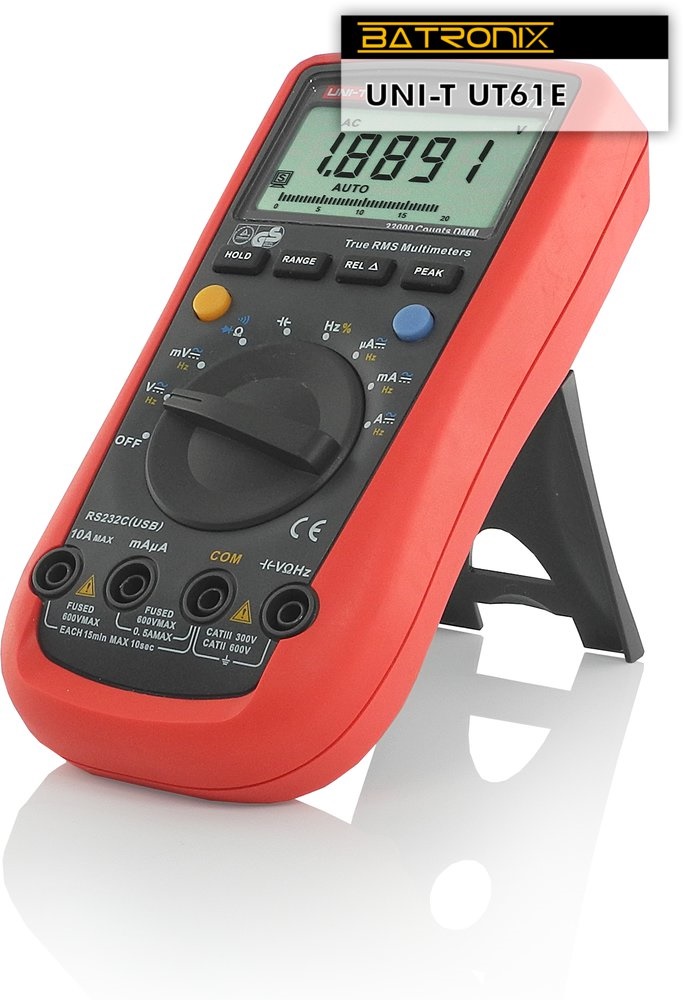Table 2 on the last page. The 8kV test voltage is part of the IEC standard, it is not something that Fluke has invented (same info is e.g. here: http://www.transcat.com/media/pdf/Multimeters.pdf ). Unfortunately the relevant EU norm text (UK version - BS EN 61010-1:2010) is some 300 bucks to obtain 
You are correct. Funny the search engine does not find that header and I was too lazy to read it. Did you find where they define what withstand means? Do you feel a handheld meter must be functional after what ever tests they put it through?
No, I haven't found that (it is likely only in the $$$ norms - I do fail to get how a mandatory norm can be that expensive!). However, I did find some testing manuals that say that current is being measured during that testing and if the current suddenly goes up after the initial stabilization period (to let any capacitances charge), e.g. because of insulation breakdown or sparking, the device will fail the test, regardless of whether or not it still works afterwards.
So I would have expected in the OP's case a test failure - there is no way a spark causing that blackened switch wouldn't have been registered.
I am not aware on any ESD safety concerns. ESD testing falls under EMC not the safety standards. The PTCs may provide some current limit but you are correct that their thermal response is too slow to do anything. The capacitance of the MOVs may also help. The layout will play a big part in it as well. I've shown in detail what I did to the 61E for ESD and why. I am surprised UNI-T has any problems with ESD as they obviously can produce products that are fairly immune.
I've shown where some meters I've looked at were certified for safety only where other are also certified for EMC. Most of the meters I have looked at have no third party certification. I have no idea what is legally required in order to sell a handheld meter in the EU.
The reports are free to download and you should be able to look them up. I have found some UNI-T products they have had certified, for example the AMPROBE AM510. I would not be too surprised to find the GS version of the UT61E was indeed certified by a third party. For me personally, I have little interest in safety when it comes to handheld meters and more so their ability to survive under various conditions.
Sorry, I meant "ESD safety" in the sense that the device doesn't break, not in the sense that it could be unsafe for the user. Poor choice of words on my side.
For selling a meter (or anything electronic, in fact) in the EU the manufacturer or importer must declare compliance with the low voltage directive:
http://ec.europa.eu/growth/sectors/electrical-engineering/lvd-directive_en In fact, multimeters are explicitly dealt with in that directive, citing the IEC 61010.
And also the EMC directive:
http://eur-lex.europa.eu/legal-content/EN/TXT/?uri=CELEX:32014L0030Compliance with those two is required if you want to declare your device to be compliant and apply the CE mark - which is a precondition for being allowed to bring the device to the market.
Now, the problem is that CE is self-certified, so you are not really required to do any testing, only deliver a "Declaration of conformity", which is basically a piece of paper saying that the device is compliant with the relevant norms. On the other hand, if a problem is found and you don't have the paperwork proving that the device really is compliant in order, you are going to be in a world of pain. That's the opposite of the US system where you must pass the mandatory FCC certification before you can start selling your gadget.
Of course, any Chinese eBay or AliExpress sellers will not obey these, it is the problem of the person importing the device. But that's why I have been citing e.g. Batronix which is selling this meter in the EU. If the meter has EMC or safety issues, then Batronix could be in trouble if they are the importer providing the required declaration of conformity. I don't know whether that's the case.
But check the pictures of the meter on the Batronix site:
https://www.batronix.com/shop/multimeter/multimeter-ut61e.html
The meter there claims CAT II 600V and CAT III 300V only, unlike the CAT IV 600V on the Chinese one. Could it be that it simply couldn't pass those original requirements even with the extra protections and the ratings were a total BS? CAT II 600V and CAT IV 600V is an enormous difference.
So this is a meter that has no place anywhere near 380V three phase gear, IMO (which is what the OP was attempting to repair). However, even CAT II 600V must withstand the 4kV test voltage ...